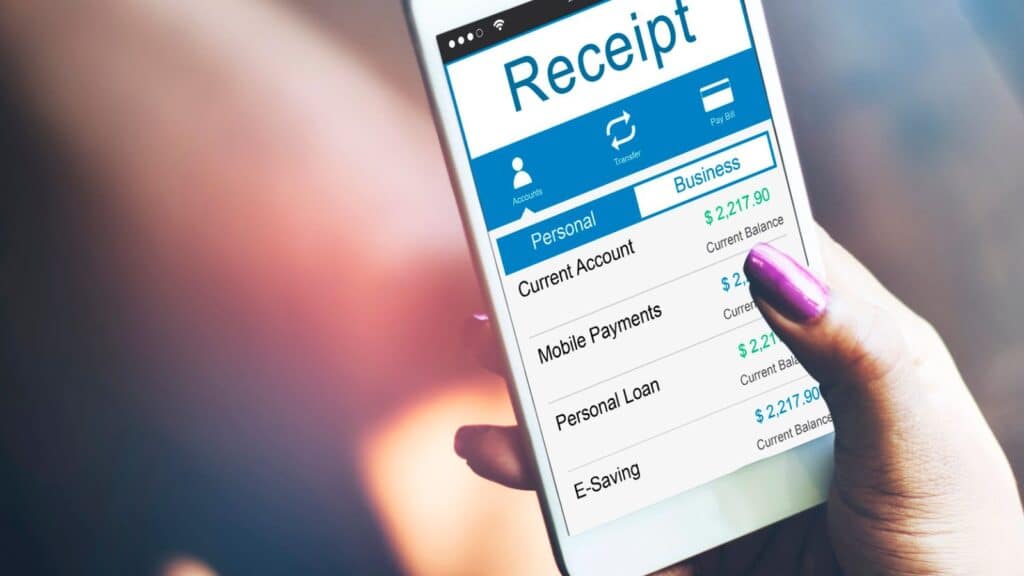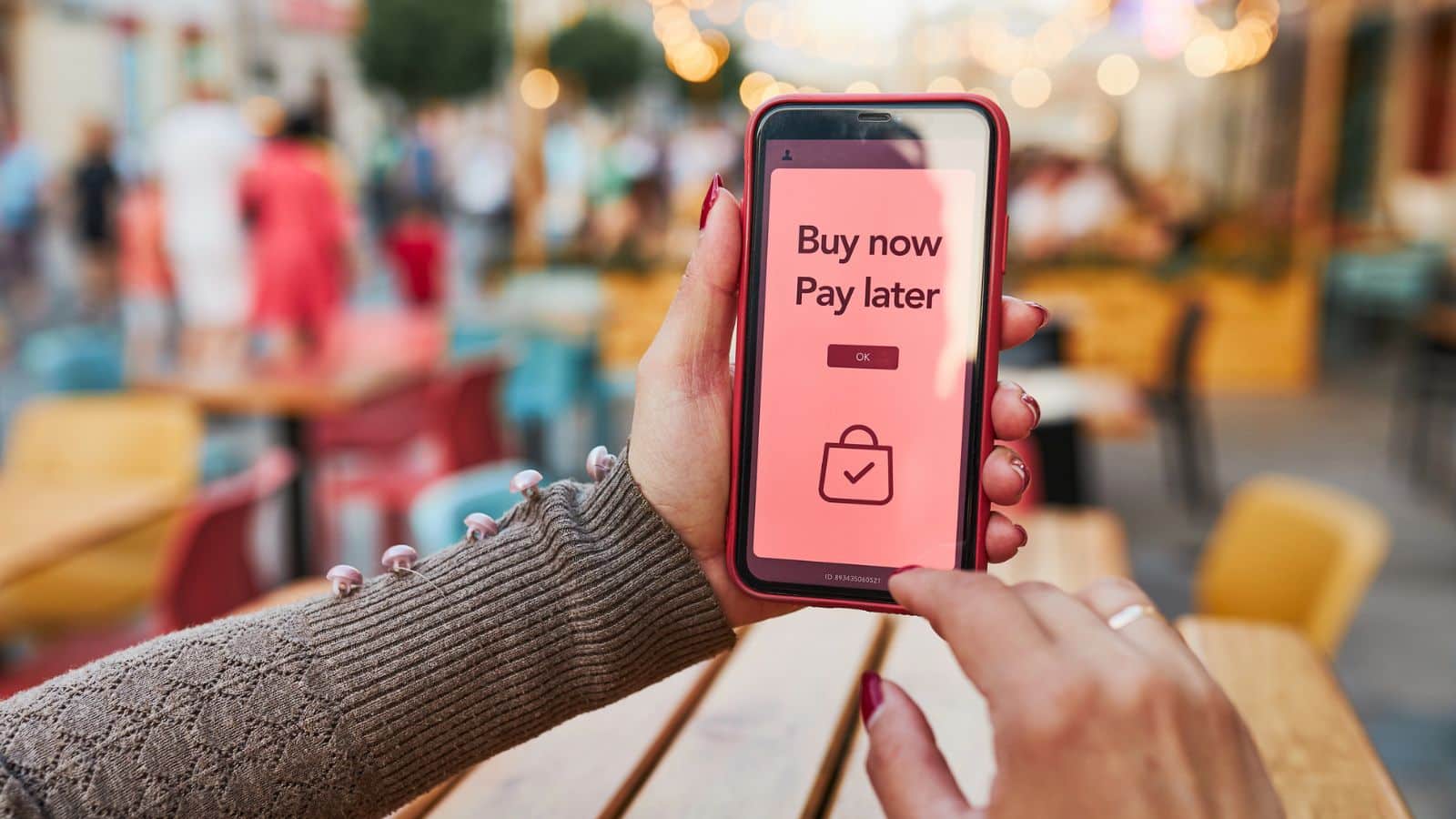Spending money has never been easier—just a few taps, and it’s done. But that convenience can sneak up on your budget fast. The little purchases you barely notice? They add up more than you think. Here are ten digital spending habits that may be making it harder to stay on track.
Auto-Renewing Subscriptions

It’s easy to forget what you’ve signed up for—especially if it’s just a few dollars a month. But those automatic renewals keep charging whether you use the service or not. Streaming apps, specialty fitness platforms, and premium storage plans are common culprits. If you’re not regularly reviewing what you’re paying for, you’re likely wasting money without realizing it.
💸 Take Back Control of Your Finances in 2025 💸
Get Instant Access to our free mini course
5 DAYS TO A BETTER BUDGET
One-Click Buying

That “Buy Now” button saves time, but it also skips the pause that might make you rethink a purchase. One-click buying makes it easy to spend without weighing the need or comparing prices. It removes friction, which may sound helpful, but that friction is often what protects your wallet.
Mobile Game Microtransactions

Free games can become expensive fast once you start buying add-ons, boosts, or in-game currency. These small charges seem harmless in the moment, but they’re designed to keep you spending in small, frequent bursts. And because it’s tied to your app store account, it may not feel like real money—until it shows up on your bank statement.
Food Delivery Apps

Ordering through delivery apps adds more than just convenience. Service fees, delivery charges, and tips stack up quickly. What would’ve been a $12 meal can easily turn into $25. If this becomes a regular habit, it’s not just your diet taking a hit—your budget is, too.
Buy Now, Pay Later Options

Split-pay services like Afterpay or Klarna can make purchases feel more affordable, but they encourage you to spend money you haven’t budgeted for yet. Even if you pay on time, it creates a cycle of overlapping payments. That adds pressure to future paychecks and can leave you short when other bills are due.
Impulse Shopping on Social Media

You’re scrolling and suddenly see the “perfect” product—just what you didn’t know you needed. Social platforms make checkout seamless and emotional spending more tempting. These buys are usually unplanned and rarely budgeted for. That mix of convenience and curated advertising is a recipe for overspending.
Ignoring Digital Receipts

Many online purchases generate digital receipts or email confirmations. But if you’re not reviewing them, you could miss errors, duplicate charges, or purchases you forgot about. Skipping the review means missing a key step in tracking your spending—and it adds up over time.
Adding Credit Cards to Digital Wallets

Storing your card in Apple Pay or Google Wallet makes spending frictionless. That’s helpful at checkout but dangerous for your budget. Without the physical act of pulling out a card or seeing your balance, purchases may feel less real—and that makes it easier to overspend.
Subscribing for Discounts, Then Staying Subscribed

Many sites offer a discount in exchange for your email or a subscription. But once that first order’s placed, it’s easy to stay on the list and keep clicking “buy” when the next promo hits your inbox. That 15% off might not be saving you money if you’re only using it to justify another purchase.
Ignoring App Spending Reports

Most banking apps now offer breakdowns of where your money’s going. But if you never check those insights, you’re missing a clear picture of your habits. These reports can help you spot trends, cut back in certain areas, or find subscriptions to cancel—but only if you actually use them.
When Easy Spending Costs You More

Digital tools are designed to make life easier—but many are also designed to make you spend more without thinking. When you stay aware of your habits and build in a little friction, you can take back control of your budget without giving up convenience completely.
13 Surprising Expenses You’re Forgetting to Budget For

Budgeting can feel like a chore, but it’s a key factor in staying financially stable. Even the most detailed budgets can miss hidden expenses that sneak up unexpectedly. These forgotten costs can derail your finances if you’re unprepared, so it’s important to account for them early. Below are some common–yet sneaky–expenses you may be overlooking. 13 Surprising Expenses You’re Forgetting to Budget For



